It caused some controversy in a meeting when I said I was never surprised by test/quiz scores. Some teachers tried to hide their smirks, others just stared. No, I am not psychic, I just use a variety of formative assessment strategies to gauge learning during and after the lesson.
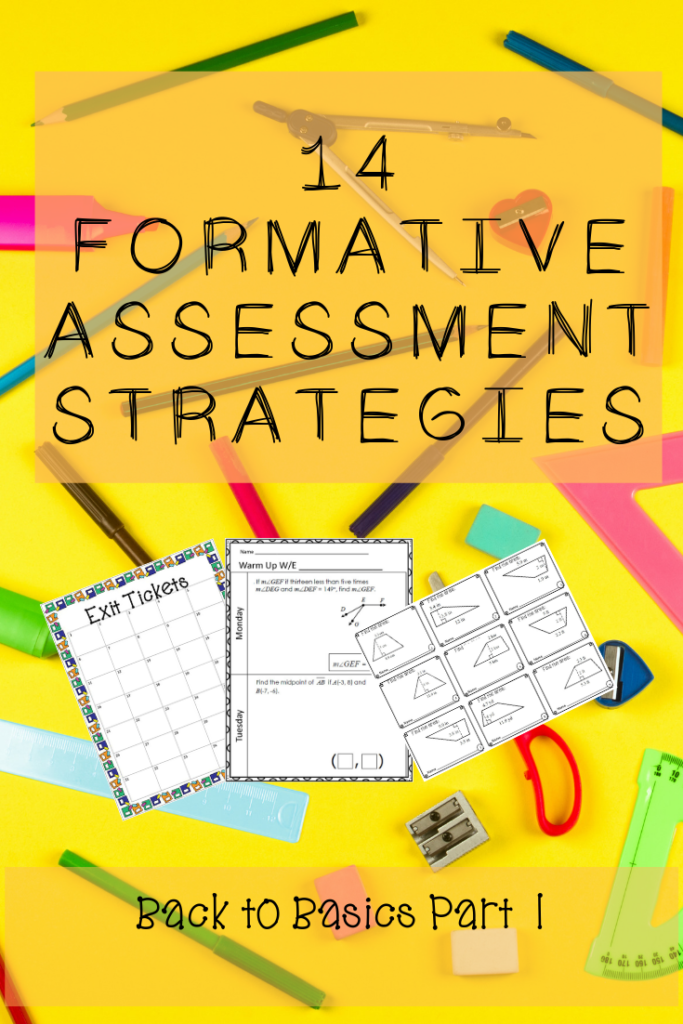
There was also some debate about the definitions of formative assessment. Many of us put it in the grade book, others said that formative assessment is just a tool and never goes in the grade book. But since I use formative assessment techniques daily, many will go in the grade book. Our grading policy allows only 20% of the grade for classwork/homework/participation. So grades are not unfairly skewed by anything and it is a valuable tool for students to see their progress.
Some of these are veteran teacher stand-bys, others may be new to you. Here are some of my favorites:
1. Think, Pair, Share.
This can be so great but it can also be done badly. Try assigning a number to students and then call on the 1s or 2s and have them rephrase their partners’ answers. If you do not check with all the partners in some fashion, they will know that next time they can avoid answering. At the beginning of the year, it is tough to get kids talking but by the end of the year, they can explain their thinking.
2. No Opt-Out.
This is my favorite. Do you ever have a student in class who answers every question with “IDK”? I keep the smile on my face and respond with “we will wait while you think about it”. If it gets uncomfortable, tell the student they can get help from a friend. A variation of this is to call on the first person and then that student calls on the next student to answer. When we are checking answers on problems, this is the way we check them. Trust me, students know who doesn’t know the answers and will call them out.
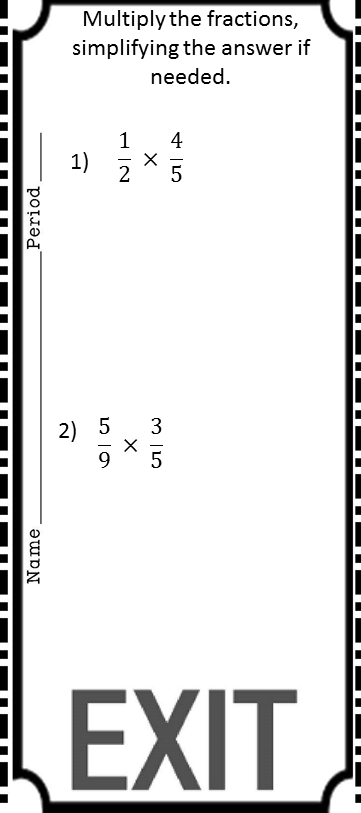
3. Exit tickets.
This can be formal or not. Formal means they have a printed slip with questions (1 or 2 at most) that are used at the end of the lesson to gauge their understanding. Informal means I pass out some colorful post-its and they place their name and the answers on it and leave on the poster at the door. Here are examples of the printed ones I use. Sometimes as simple as one question on a task card, or 2 questions. And here is the exit ticket poster by the door. Handy as they leave.
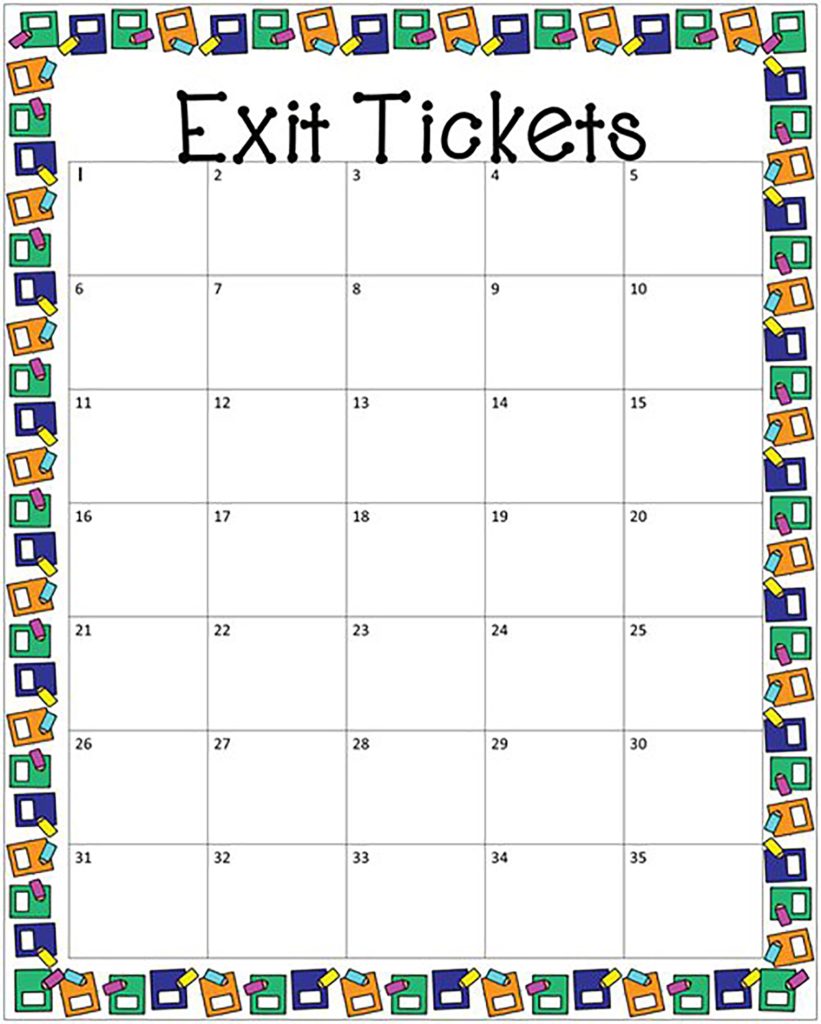
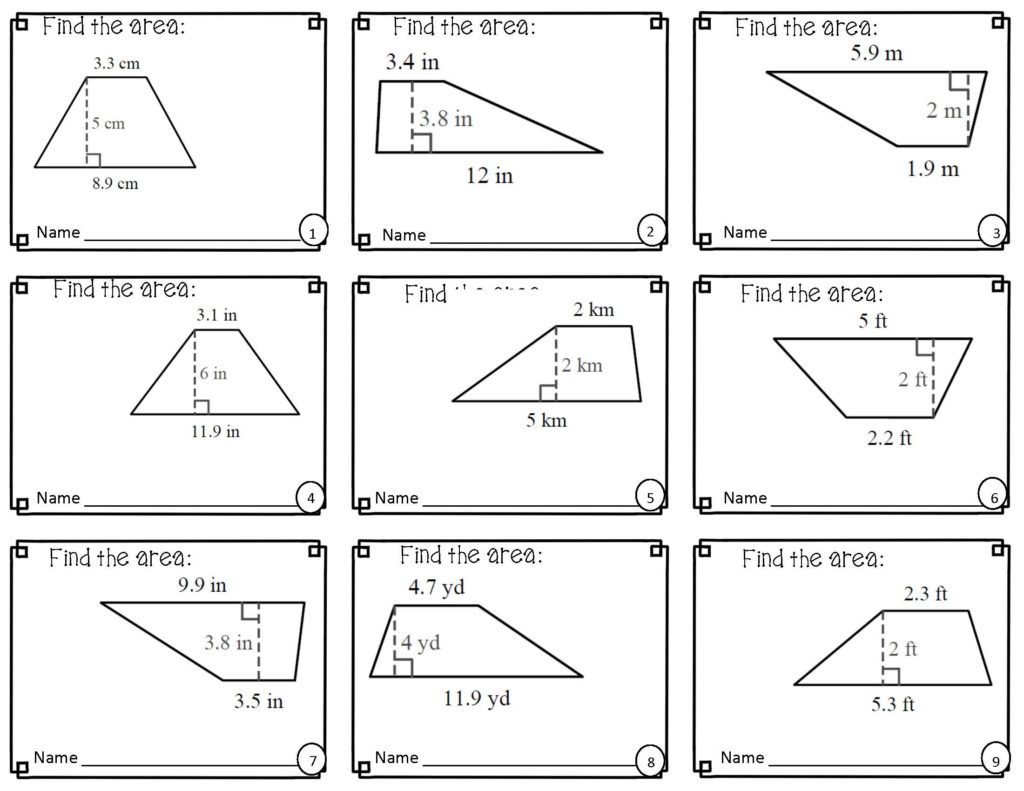
4. Error Analysis.
Use student work (minus the student names) to show misunderstandings and ask students to correct the errors. If students might recognize handwriting, rewrite the work on separate paper. Error analysis helps students develop their own critical thinking and find errors in their own work.
5. Reflections in a notebook.
After a quiz, I ask students what they were confused about. What was a surprise about the quiz, what they wish they had studied more. The questions help students prepare for future quizzes. The reflection also comes in handy after a lesson. What do they still need to understand, what was unclear, etc.
6. Warm-ups.
These are also called bell-ringers in some schools. While I am taking attendance, I ask students to do 1-2 problems of review. I stamp the papers, and students take turns providing the answers. This is especially helpful before a quiz. At the beginning of the year, I use printed warm-ups and later on I use a blank form and let them write the problem and answer.
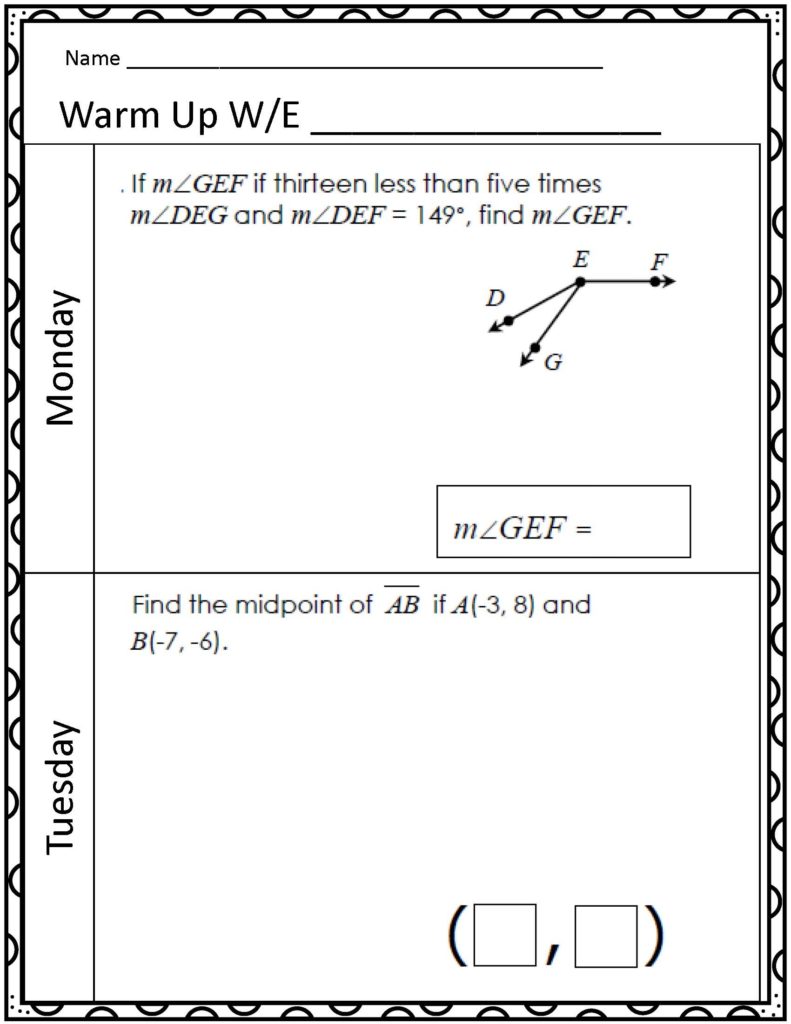
7. 3-2-1.
Ask students 3 things they learned (either today or on a unit), 2 things that surprised them and 1 thing they are still confused about. You can vary the 3-2-1 type of questions, it could be 3 questions they still have, 2 ideas that are now clear and 1 think they could teach.
8. Thumbs up, thumbs down.
Not exactly a favorite, but a quick gauge of the whole class. Midway through a lesson, I ask the students if they need another example or they are ready for independent practice. Thumbs up mean “I’m good”, thumbs down means “I need more”. This is not reliable for individual checks, students will often go with the majority, or with their friends’ answers.
9. Whiteboards.
This is so popular, but I have seen students wait for their neighbors to answer and then copy. Which I suppose tells me they do not understand. Instead, I like to put students in small groups (3 or 4) ask a question, the entire group must discuss it and then one person answers on the board. The board rotates around the group so each person has a turn to write the answer and answer my questions.
10. Plickers
This requires preparation but is a lot of fun to use. You print out the answer cards (they look like QR codes. Students answer questions (in multiple-choice format or true/false) and turn their card so the answer is pointing up. Then the teacher scans the room full of cards and has an instant record of their scores. Teachers will need to set up the class roster in advance and I laminate my cards with student names on the back for reuse. Free.

11. Google Forms.
Take a survey or poll using google forms. As students (anonymously) what they were confused about and need more explanation. Even that student who never participates will answer on a google form.
12. Poll Everywhere.
This is another great option for a survey. I have used this at conferences to get feedback on my presentation, concerns about teaching and thoughts about various teaching strategies. Free. Very little preparation needed.
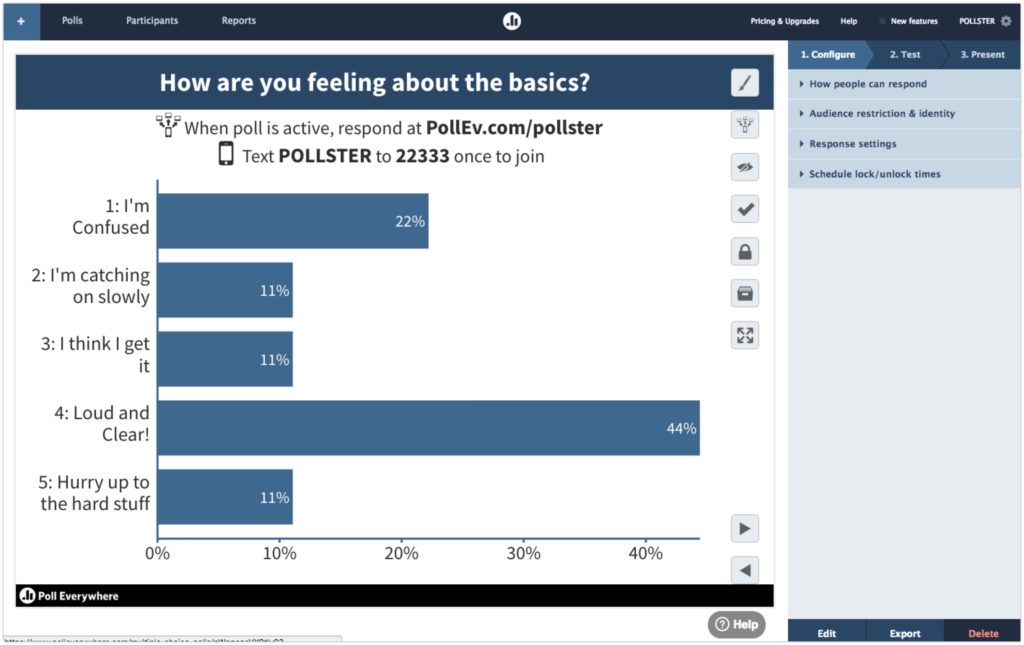
13. Wheel of Misfortune.
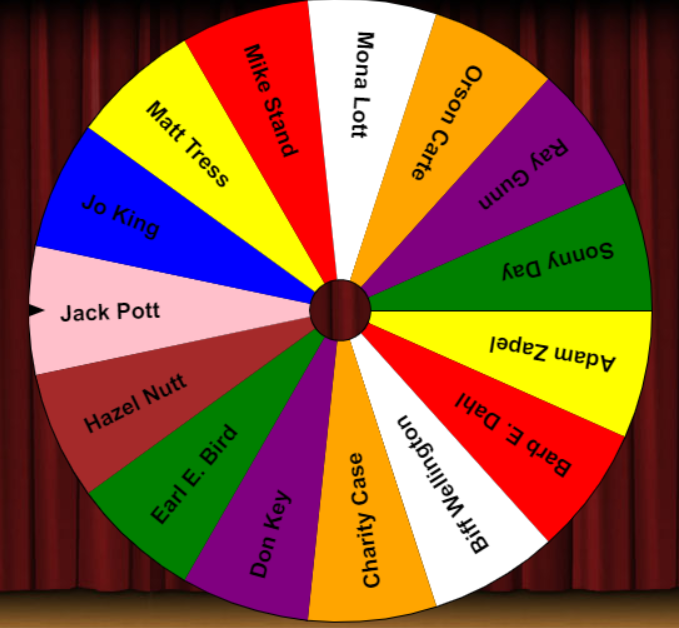
Enter your student names, save the class and you are ready to call on students. It is exciting to spin the wheel and just as exciting to have the students participate. Eliminates some of the reluctance since the spin is random and they have equal chances to get called on. When a student is called on, they are removed from the wheel. The first time this happened students were excited they didn’t have to answer any longer, so I changed the rules. If they have answered, they are now eligible for students to call on if they are stuck. Keeps everyone engaged and paying attention.
https://www.classtools.net/random-name-picker/
14. Flipgrid.
Last year my students created a project and then explained their project and the math involved by creating a video using Flipgrid. The best part? Students who were not proficient in English could still participate, they used their native language and then other students translated the videos.










Leave a Reply